Flow level pressure
Ventilation flow assurance switch supports shipboard diesel-LNG dual-fuel engine safety
Apr 08 2019
Designers, builders and subcontractors responsible for the safe operation of new duel-fuel engines powering large cargo and commercial vessels will find the reliable FLT93 flow switch from Fluid Components International (FCI) helps them assure safety in port as they changeover to clean burning LNG from the diesel fuel used at sea.
To protect the environment from the dangerous greenhouse gases that cause global warming, ship builders and operators are converting their fleets to green-friendly dual-fuel engines. Such engines allow them to run heavier-duty diesel fuel at sea where engine power is a must and then changeover to less polluting LNG fuel while in port to provide electrical service and other functions.
LNG, while low polluting, can be highly combustible under the right conditions and poses a significant safety hazard to crew, other nearby ships and port personnel. For this reason, engine ventilation systems are critical. For example, one ship builder uses a double-wall pipe ventilation system to prevent ignition of LNG in the event of a leak. The safety system requires ship operators to be alerted if the vent’s air flow is in any way restricted or disrupted.
The challenge for ship designers and builders alike is to find a highly sensitive air flow sensor capable of detecting very low air flows. The air flow sensor’s design also must be reliable and rugged enough to withstand marine shipboard environments while meeting HazEx agency approvals for installation in potentially explosive LNG environments.
FCI’s FLT93 switch solves all the problems. It detects very low air flows from 0.3 to 120 ft/sec (0,1 to 37 m/sec) when installed on the 2-inch (Schedule 40) piping or double wall 4- or 6-inch Schedule 80) piping typically required in this application. For example, the primary flow alarm level trip point is set at 1 ft/sec (0,3 m/sec) to signal critical low flow conditions. An optional second alarm is set at 6.6 ft/sec (2m/sec) to warn of decreasing air flow conditions.
Either a single FLT93 switch, or if the design requires redundancy, a second FLT93 switch can be inserted in a spool piece pipe section for integration into the engine fuel system. The FLT93 switch meets the engine fuel requirements for low flow sensitivity, provides dual-relays for both the low and no flow alarm trip points, carries global agency approvals for Div 1/Zone 1 use in hazardous areas and has both a 180-year mean time between failure (MBTF) and SIL 2 ratings as proof of a long service life with high reliability. An optional stainless steel enclosure provides superior corrosion resistance in marine environments.
Installation into the piping spool piece is simple through a thread tap in the pipe. The FLT93’s hazardous area approval ratings also save on wire and installation costs. With its robust flow circuit design and the ultra-rugged enclosure, the FLT93 switch offers long, worry-free service. The FLT93’s no-moving parts design eliminates the expense of routine maintenance checks as well.
The rugged FLT93 switch is hydrostatically proof pressure tested to 3500 psig [240 bar (g)] at 70°F (21°C). De-rated with temperature, the maximum operation service recommended is 2350 psig [162 bar (g)] at 500°F (260°C). Higher ratings are available with special construction and test certification. When required, the FLT93 switch beats the heat too. Depending on the model and materials chosen, it withstands temperatures up to 850â—¦F (454â—¦C).
Digital Edition
PIN 26.1 Feb/Mar 2025
March 2025
Analytical Instrumentation - Elemental Analysis for Quality and Process Control at Refineries, for Lubricants and Wear Metals in Engine Oils - Synthetic Lubricants: New Developments - Scaling...
View all digital editions
Events
Mar 17 2025 Houston, TX, USA
Mar 18 2025 Beijing, China
Mar 19 2025 Manila, Philippines
Mar 20 2025 Brussels, Belgium
Mar 20 2025 Guangzhou, China


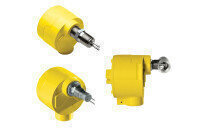
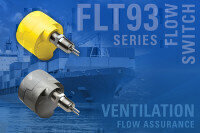
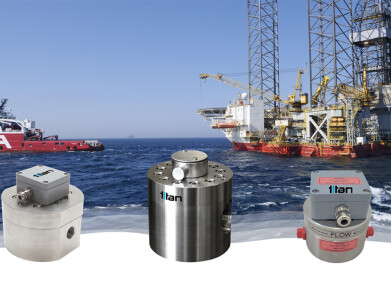
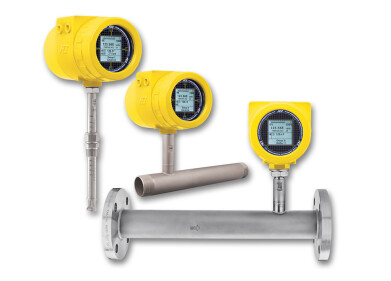

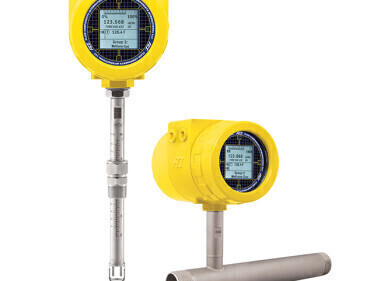

.jpg)



.jpg)








